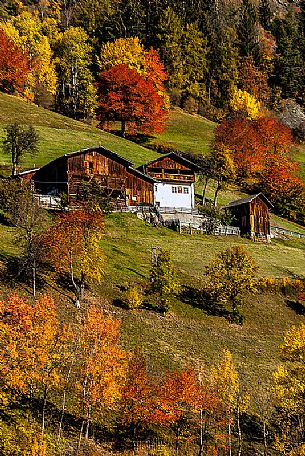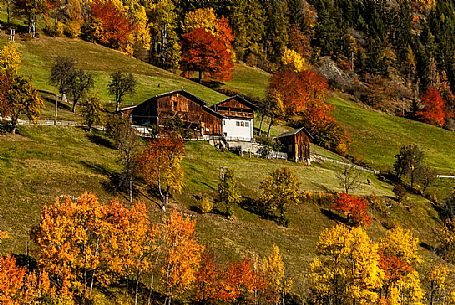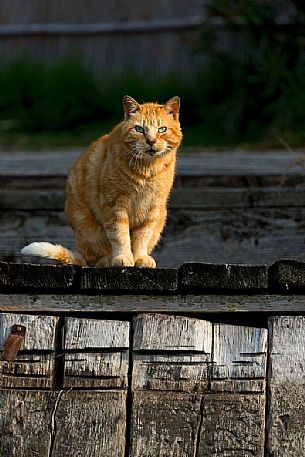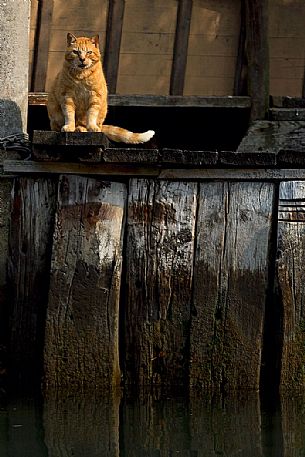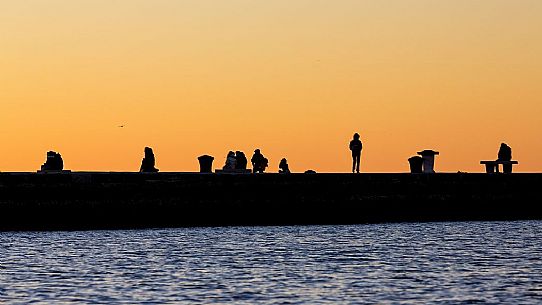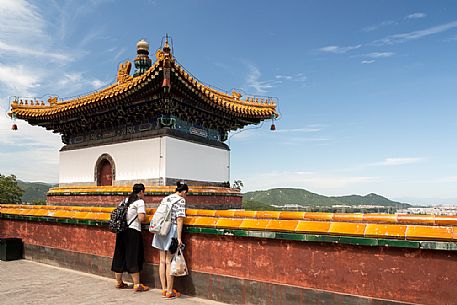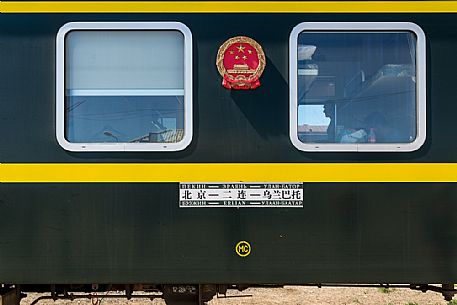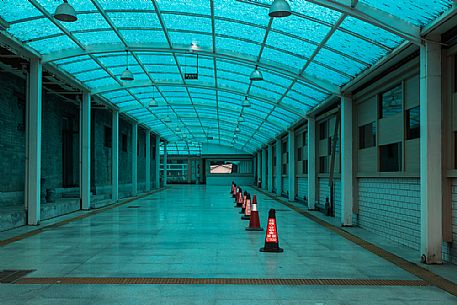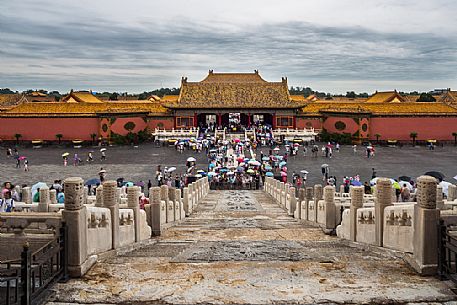Please Sign in or Register now to manage lightbox and cart
Lightboxes - How to use them
A Lightbox is a virtual table where you can collect and view images of interest.
Collect the files you like from any search results page or file close-up page by clicking the 'Add to your Lightbox' icon.
To open and view your selection, click the Lightbox link on the top navigation menu. You can have more than one lightbox if you're working on different projects.
You can email a Lightbox to friends and colleagues for review and discussion before purchase; they will receive an email with a link to the Lightbox that you created.
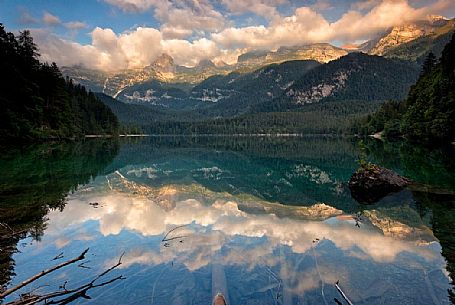
photographer: Luciano Gaudenzio
Sunrise at Tovel lake and the Brenta's dolomites, Val di Non, Trentino, Italy
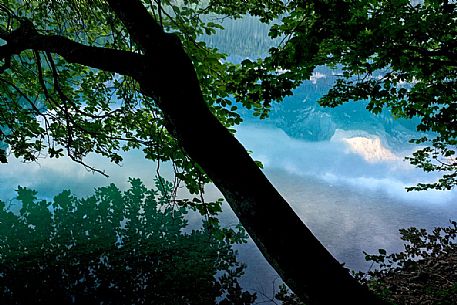
photographer: Luciano Gaudenzio
Tovel lake reflects the Brenta dolomites, Val di Non, Trentino, Italy
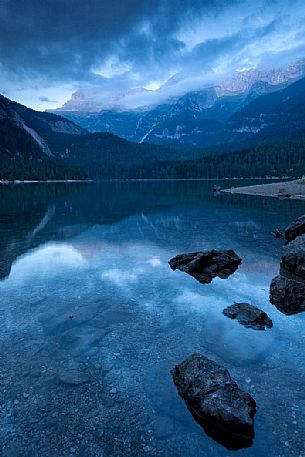
photographer: Luciano Gaudenzio
Tovel lake and the Brenta's dolomites at dusk, Val di Non, Trentino, Italy
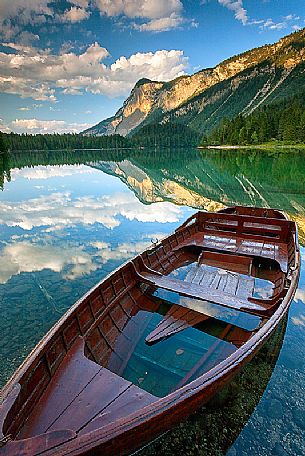
photographer: Luciano Gaudenzio
Tovel lake and the Brenta's dolomites, Val di Non, Trentino, Italy
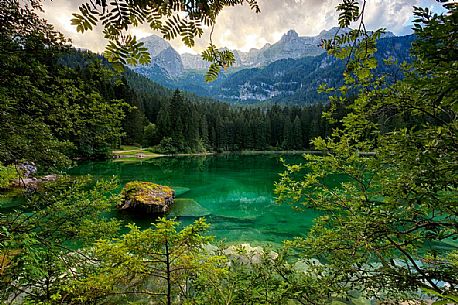
photographer: Luciano Gaudenzio
Tovel lake and the Brenta's dolomites, Val di Non, Trentino, Italy
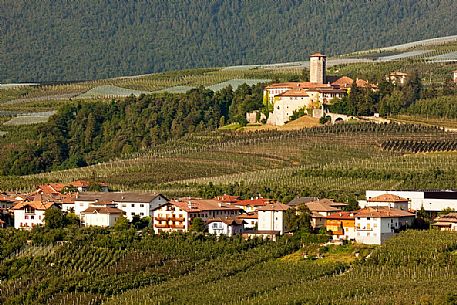
photographer: Luciano Gaudenzio
Castel Valer castle and the village in the apple trees valley, Val di Non, Trentino, Italy
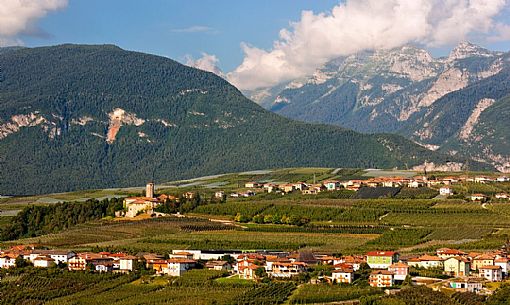
photographer: Luciano Gaudenzio
Castel Valer castle and the village in the apple trees valley, Val di Non, Trentino, Italy
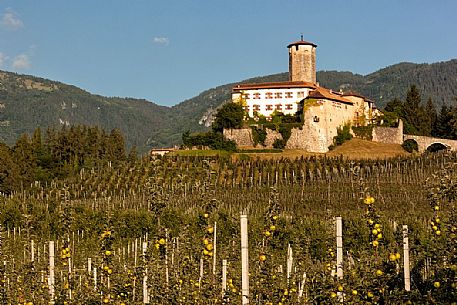
photographer: Luciano Gaudenzio
Castel Valer castle and apple trees, Val di Non, Trentino, Italy
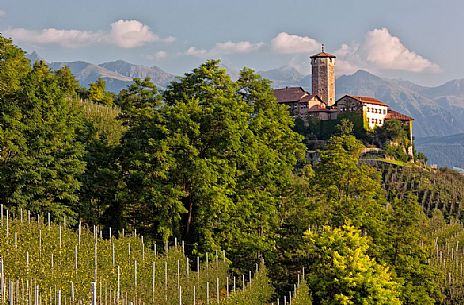
photographer: Luciano Gaudenzio
Castel Valer castle and apple trees, Val di Non, Trentino, Italy
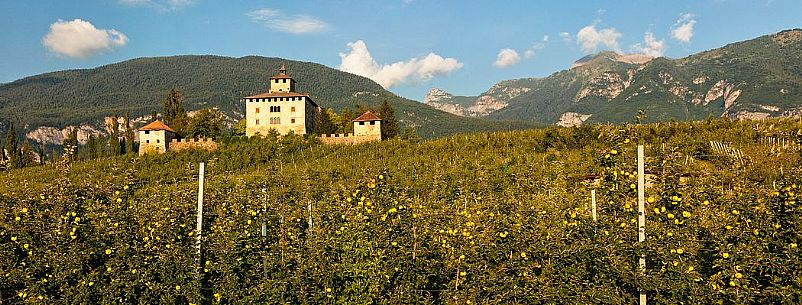
photographer: Luciano Gaudenzio
Castel Nanno castle and apple trees, Val di Non, Trentino, Italy
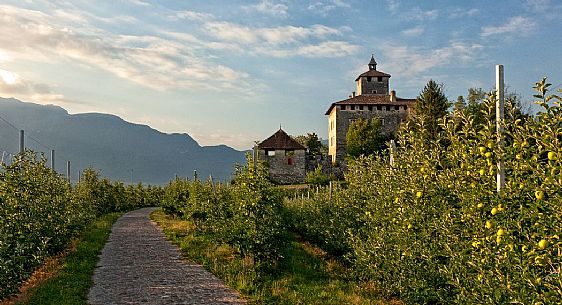
photographer: Luciano Gaudenzio
Castel Nanno castle and apple trees, Val di Non, Trentino, Italy
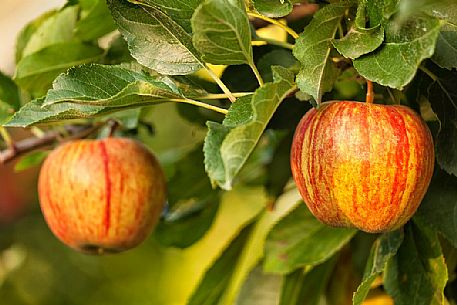
photographer: Luciano Gaudenzio
Apples ready to eat on a fruit plantation in the Non Valley, Val di Non, the famous apple Valley, Trentino, Italy
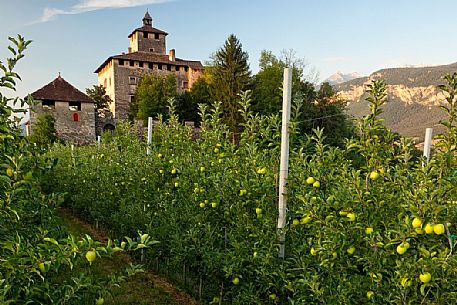
photographer: Luciano Gaudenzio
Castel Nanno castle and apple trees, Val di Non, Trentino, Italy
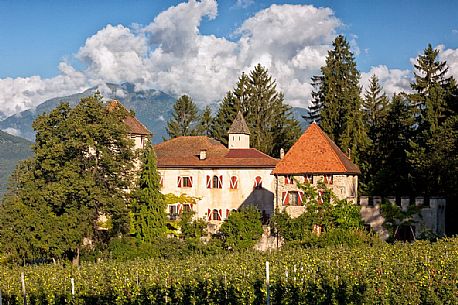
photographer: Luciano Gaudenzio
Malgolo castle in Val di Non, Non valley, Trentino, Italy

photographer: Luciano Gaudenzio
The castle of Casez and the apple trees in Val di Non, Trentino, Italy
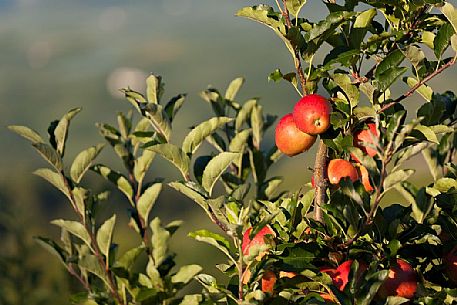
photographer: Luciano Gaudenzio
Red apples ready to eat on a fruit plantation in the Non Valley, Val di Non, the famous apple Valley, Trentino, Italy
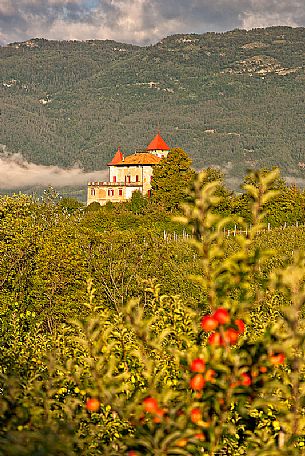
photographer: Luciano Gaudenzio
The castle of Casez and the apple trees in Val di Non, Trentino, Italy

photographer: Luciano Gaudenzio
Duck at sunset in the Marano's lagoon, Marano Lagunare, Italy
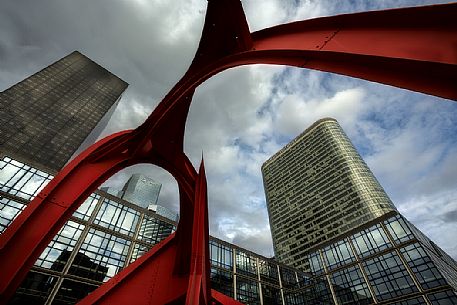
photographer: Stefano Caccia
Tour Coeur Défense, Espl. du Général de Gaulle, La Defense, Paris, France

photographer: Luciano Gaudenzio
Typical house with flowers in Val Badia, South Tyrol, dolomites, Italy
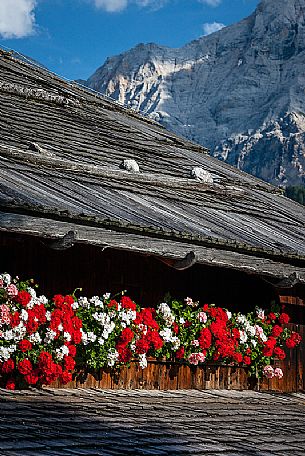
photographer: Luciano Gaudenzio
Typical house with flowers in Val Badia, South Tyrol, dolomites, Italy
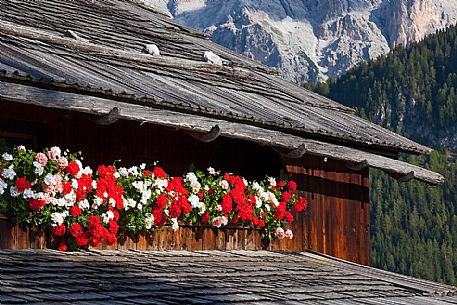
photographer: Luciano Gaudenzio
Typical house with flowers in Val Badia, South Tyrol, dolomites, Italy
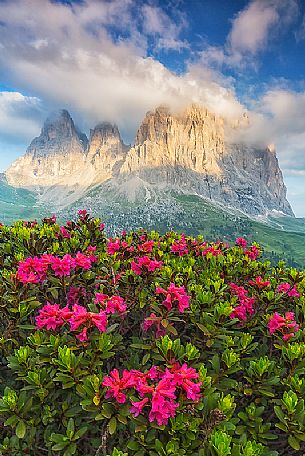
photographer: Luciano Gaudenzio
Rhododendrons flowering at Sella Pass towards Sassolungo (Langkofel) Mountain, Dolomites, South Tyrol, Italy
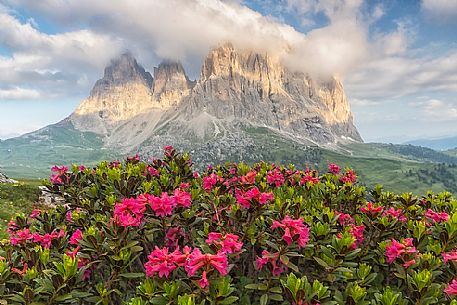
photographer: Luciano Gaudenzio
Rhododendrons flowering at Sella Pass towards Sassolungo (Langkofel) Mountain, Dolomites, South Tyrol, Italy
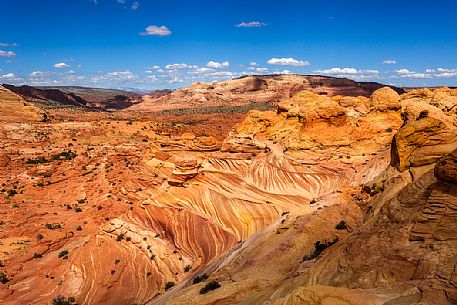
photographer: Stefano Caccia
Paria Canyon-Vermilion Cliffs Wilderness, Arizona, United States
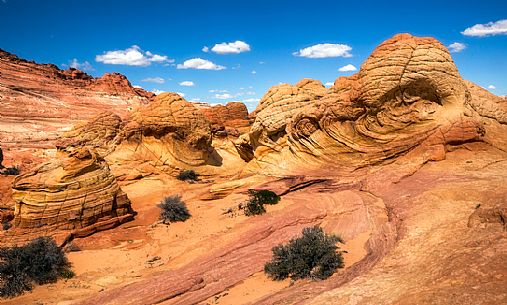
photographer: Stefano Caccia
Paria Canyon-Vermilion Cliffs Wilderness, Arizona, United States

photographer: Stefano Caccia
The Wave is a sandstone rock formation located in Arizona close to the Utah border, Paria Canyon-Vermilion Cliffs Wilderness, United States
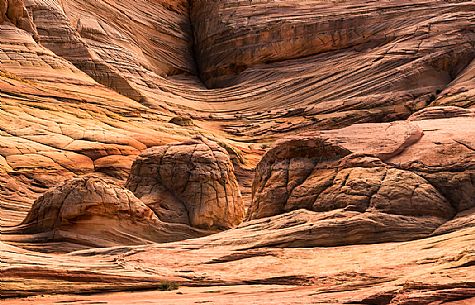
photographer: Stefano Caccia
Paria Canyon-Vermilion Cliffs Wilderness, Arizona, United States
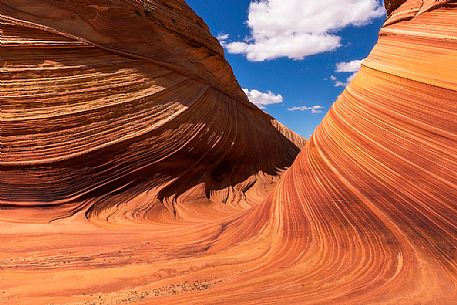
photographer: Stefano Caccia
The Wave is a sandstone rock formation located in Arizona close to the Utah border, Paria Canyon-Vermilion Cliffs Wilderness, United States
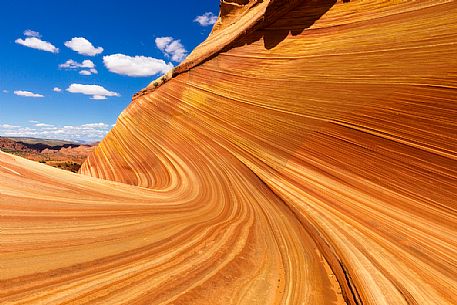
photographer: Stefano Caccia
The Wave is a sandstone rock formation located in Arizona close to the Utah border, Paria Canyon-Vermilion Cliffs Wilderness, United States
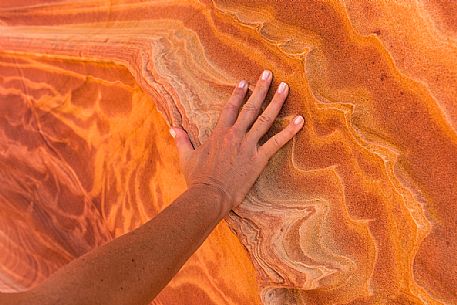
photographer: Stefano Caccia
Close-up of The Wave,Paria Canyon-Vermilion Cliffs Wilderness, Arizona, United States
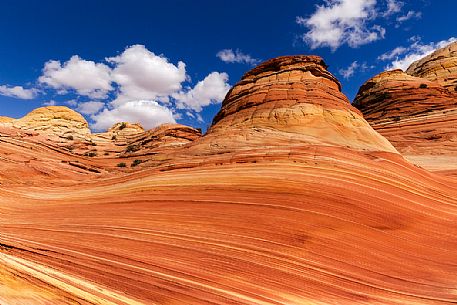
photographer: Stefano Caccia
Paria Canyon-Vermilion Cliffs Wilderness, Arizona, United States
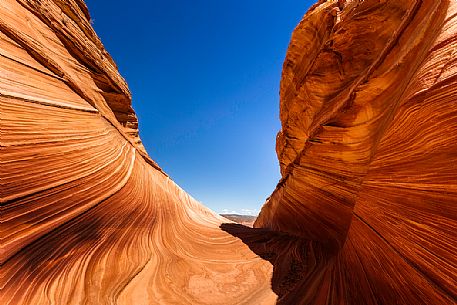
photographer: Stefano Caccia
The Wave is a sandstone rock formation located in Arizona close to the Utah border, Paria Canyon-Vermilion Cliffs Wilderness, United States
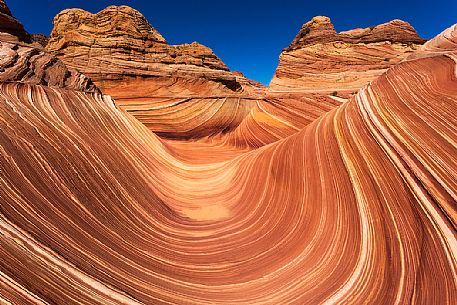
photographer: Stefano Caccia
The Wave is a sandstone rock formation located in Arizona close to the Utah border, Paria Canyon-Vermilion Cliffs Wilderness, United States
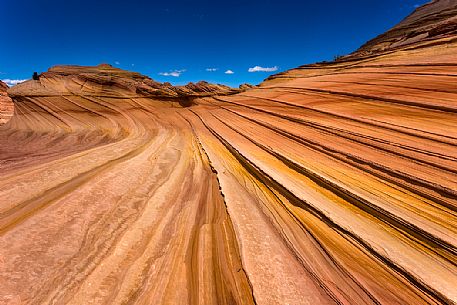
photographer: Stefano Caccia
The Wave is a sandstone rock formation located in Arizona close to the Utah border, Paria Canyon-Vermilion Cliffs Wilderness, United States
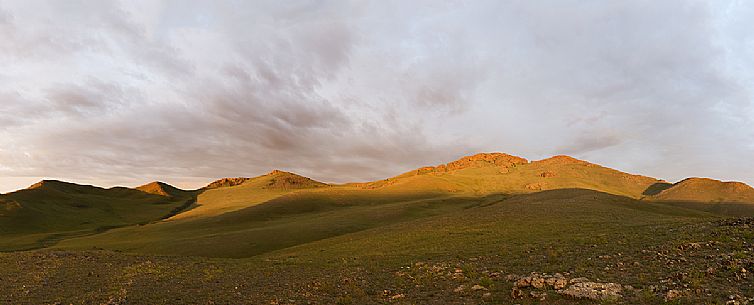
photographer: Martina Vanzo
A panoramic view of the sunrise in the mongolian steppe, Mongolia
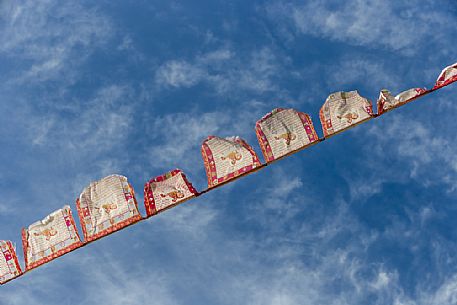
photographer: Martina Vanzo
Some prayer flags inside the Erdene Zuu monastery, Övörkhangaj, Mongolia
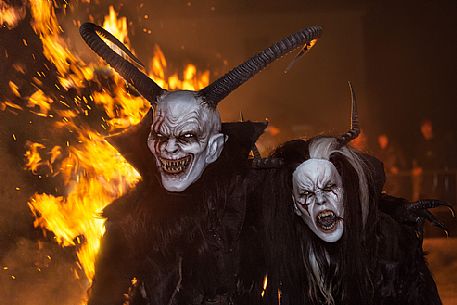
photographer: Anne Maenurm
Bad Santa, meet Krampus: a half-goat, half-demon, horrific beast who literally beats people into being nice and not naughty. Krampus, whose name is derived from the German word krampen, meaning claw, is said to be the son of Hel in Norse mythology. The legendary beast also shares characteristics with other scary, demonic creatures in Greek mythology, including satyrs and fauns, Tarvisio, Italy
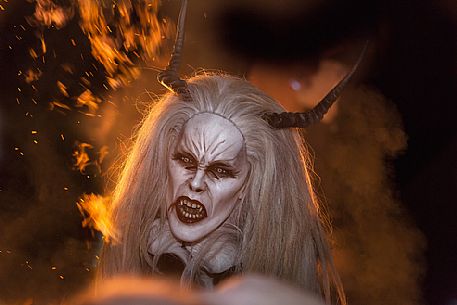
photographer: Anne Maenurm
Bad Santa, meet Krampus: a half-goat, half-demon, horrific beast who literally beats people into being nice and not naughty. Krampus, whose name is derived from the German word krampen, meaning claw, is said to be the son of Hel in Norse mythology. The legendary beast also shares characteristics with other scary, demonic creatures in Greek mythology, including satyrs and fauns, Tarvisio, Italy
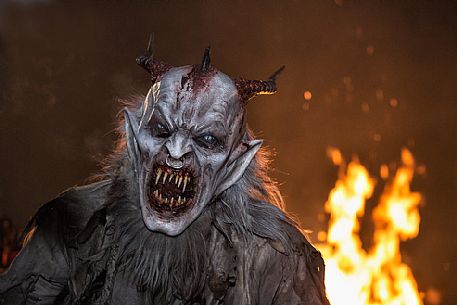
photographer: Anne Maenurm
Bad Santa, meet Krampus: a half-goat, half-demon, horrific beast who literally beats people into being nice and not naughty. Krampus, whose name is derived from the German word krampen, meaning claw, is said to be the son of Hel in Norse mythology. The legendary beast also shares characteristics with other scary, demonic creatures in Greek mythology, including satyrs and fauns, Tarvisio, Italy
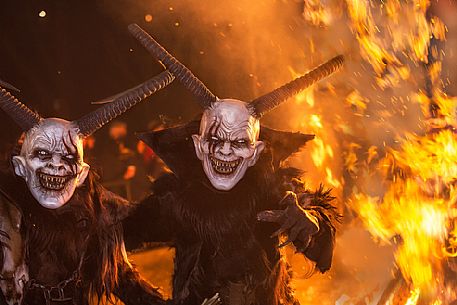
photographer: Anne Maenurm
Bad Santa, meet Krampus: a half-goat, half-demon, horrific beast who literally beats people into being nice and not naughty. Krampus, whose name is derived from the German word krampen, meaning claw, is said to be the son of Hel in Norse mythology. The legendary beast also shares characteristics with other scary, demonic creatures in Greek mythology, including satyrs and fauns, Tarvisio, Italy
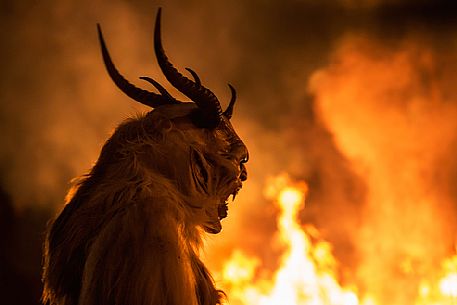
photographer: Anne Maenurm
Bad Santa, meet Krampus: a half-goat, half-demon, horrific beast who literally beats people into being nice and not naughty. Krampus, whose name is derived from the German word krampen, meaning claw, is said to be the son of Hel in Norse mythology. The legendary beast also shares characteristics with other scary, demonic creatures in Greek mythology, including satyrs and fauns, Tarvisio, Italy
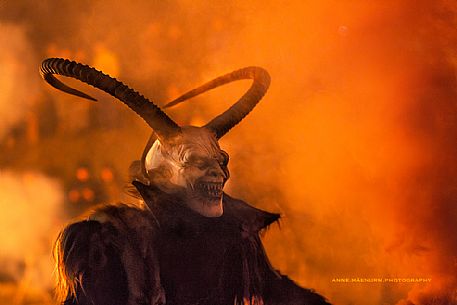
photographer: Anne Maenurm
Bad Santa, meet Krampus: a half-goat, half-demon, horrific beast who literally beats people into being nice and not naughty. Krampus, whose name is derived from the German word krampen, meaning claw, is said to be the son of Hel in Norse mythology. The legendary beast also shares characteristics with other scary, demonic creatures in Greek mythology, including satyrs and fauns, Tarvisio, Italy
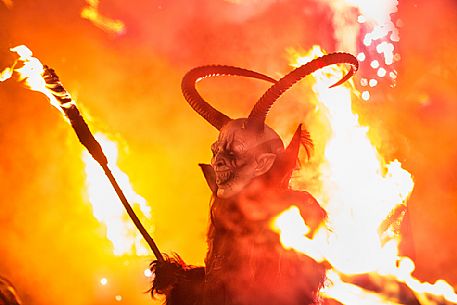
photographer: Anne Maenurm
Bad Santa, meet Krampus: a half-goat, half-demon, horrific beast who literally beats people into being nice and not naughty. Krampus, whose name is derived from the German word krampen, meaning claw, is said to be the son of Hel in Norse mythology. The legendary beast also shares characteristics with other scary, demonic creatures in Greek mythology, including satyrs and fauns, Tarvisio, Italy

photographer: Anne Maenurm
Bad Santa, meet Krampus: a half-goat, half-demon, horrific beast who literally beats people into being nice and not naughty. Krampus, whose name is derived from the German word krampen, meaning claw, is said to be the son of Hel in Norse mythology. The legendary beast also shares characteristics with other scary, demonic creatures in Greek mythology, including satyrs and fauns, Tarvisio, Italy
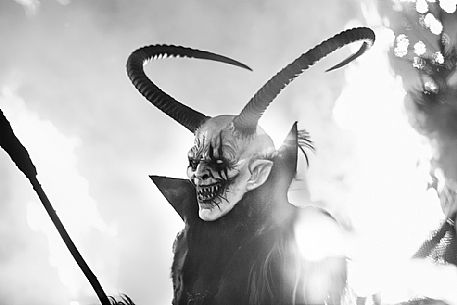
photographer: Anne Maenurm
Bad Santa, meet Krampus: a half-goat, half-demon, horrific beast who literally beats people into being nice and not naughty. Krampus, whose name is derived from the German word krampen, meaning claw, is said to be the son of Hel in Norse mythology. The legendary beast also shares characteristics with other scary, demonic creatures in Greek mythology, including satyrs and fauns, Tarvisio, Italy
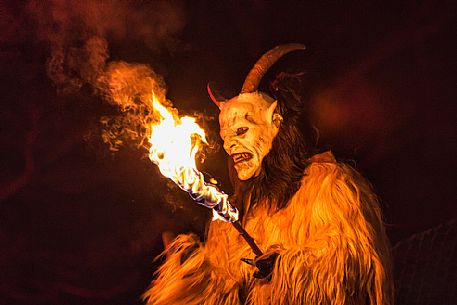
photographer: Anne Maenurm
Bad Santa, meet Krampus: a half-goat, half-demon, horrific beast who literally beats people into being nice and not naughty. Krampus, whose name is derived from the German word krampen, meaning claw, is said to be the son of Hel in Norse mythology. The legendary beast also shares characteristics with other scary, demonic creatures in Greek mythology, including satyrs and fauns, Tarvisio, Italy
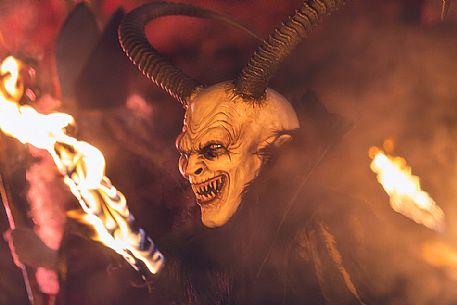
photographer: Anne Maenurm
Bad Santa, meet Krampus: a half-goat, half-demon, horrific beast who literally beats people into being nice and not naughty. Krampus, whose name is derived from the German word krampen, meaning claw, is said to be the son of Hel in Norse mythology. The legendary beast also shares characteristics with other scary, demonic creatures in Greek mythology, including satyrs and fauns, Tarvisio, Italy
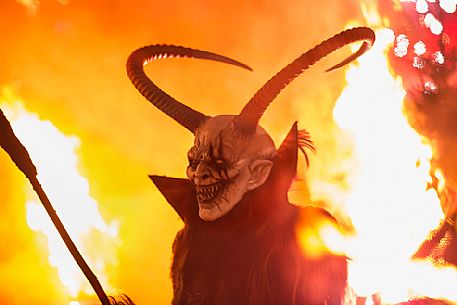
photographer: Anne Maenurm
Bad Santa, meet Krampus: a half-goat, half-demon, horrific beast who literally beats people into being nice and not naughty. Krampus, whose name is derived from the German word krampen, meaning claw, is said to be the son of Hel in Norse mythology. The legendary beast also shares characteristics with other scary, demonic creatures in Greek mythology, including satyrs and fauns,Tarvisio, Italy

